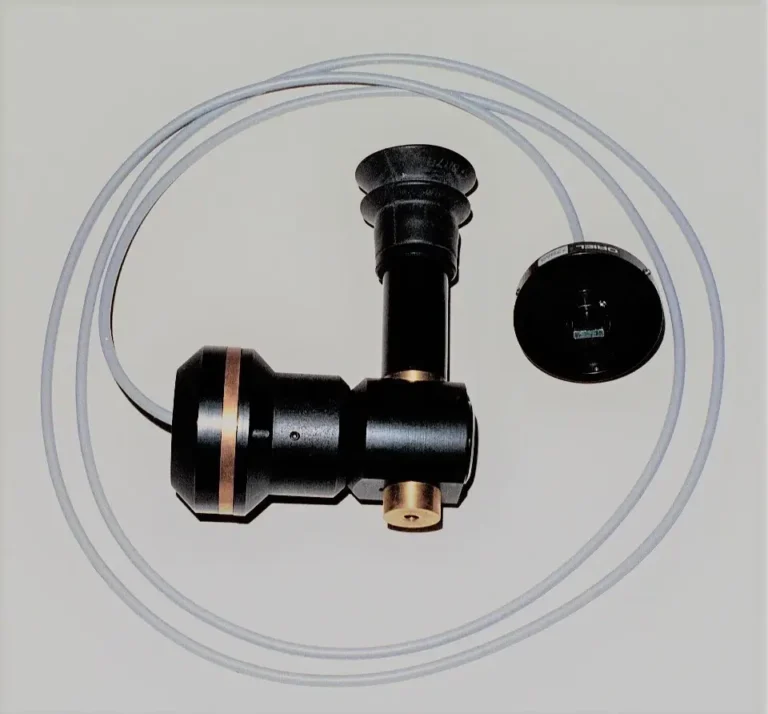
Introduction
An off-axis guider is a device well known to all astronomers, professionals and amateurs alike. It usually consists of a compact optical unit inserted between the main imaging camera and the telescope to intercept a small amount of light coming from an astronomical object. Its purpose is to track the motion of that object across the sky.
Early guiders used a 45° flip mirror that was manually flipped in or out of the light path in order to check that guiding on the target object was accurate. Although many still do this, most modern guiders employ either a small 45° prism at the edge of the field or a beam splitter that directs a small percentage (4-5%) of the light from the target object into a 90° side tube. This side arm usually has a small video camera, a guide CCD sensor or your eye. Two typical off-axis guiders are shown here:
An off-axis guider I have used for some time, both for astronomy and for various home spectroscopy projects, is somewhat different, however…
Manufactured by Oriel Instruments back in the 1990’s, Oriel refer to it as a Sighting Optic. A schematic drawing of one version of this device (the direct coupling version) is shown in Figure 1 here:
The function of the sighting optic is to gather light from a very specific, well-defined area on an object or light source and then feed the light signal from that spot into a spectrometer. This makes it very suitable for making reflectance measurements remotely and from a distance, on a wide range of surfaces. It is also useful for taking radiance measurements of an extended light source.
The unit has a number of advantages relative to more conventional off-axis guiders:
it allows a full brightness image to be viewed at the same time that a measurement is being taken,
there are no flip mirrors, beam splitters or prisms that would reduce the light throughput, which is a distinct advantage for weakly emitting light sources,
the device accepts standard camera lenses and extension tubes that can be used for different applications and for different observing distances from the source,
and the unit can be tripod-mounted, moved around and adjusted for a particular application.
The sighting optic has an optical fibre incorporated into the centre of a 45° polished reflective surface (refer to above schematic). When a sample is viewed via the side arm, the end of the fibre appears as a small black spot in the centre of the image as can be seen here where it is viewed from the lens attachment side:
This guider exists in two versions: one version can be directly coupled to a spectrometer (Figure 3). Here the fibre has a 600 μm diameter hole inside the guider (this is the black “spot” seen visually in Fig. 2) that terminates in a 2.5 mm x 100μm slit at the other end. This then acts as the entrance slit of the spectrometer. The other version (Figure 4) has a standard 100 μm fibre cable connecting the guider’s internal fibre shaper and this too terminates in a similar way as a 100μm slit.
Both versions of the guider allow you to view a full brightness image of the sample, as opposed to just a 4% reflection, while a measurement is taking place. This can be important in low light experiments on weakly photoluminescent samples and for recording phosphorescence spectra. This “point and shoot” feature makes alignment of the system very convenient and quick, and guarantees that light from the actual measurement area of an extended sample is correctly and accurately imaged into the spectrometer.
There are a number of applications online describing the use of this type of guider. Several studies involve remote at-a-distance observations in the animal kingdom. Although my own interests lie elsewhere, a fascinating example of the use of the Sighting Optic device involving plant food dependent colour changes in butterfly wings during the pupal stage can be found here.
References
- “Host-plant-derived variation in wing patterns influences mate selection by male butterflies”, H. Knuttel and K. Fiedler, J. Exp. Biol., (2001) 14, 2447-2459.
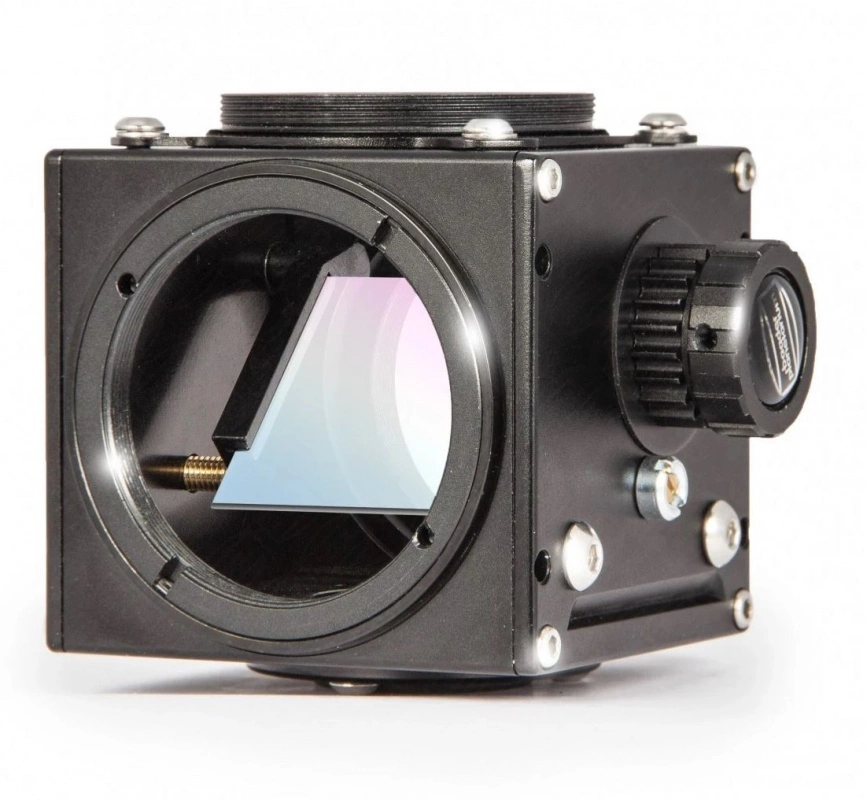
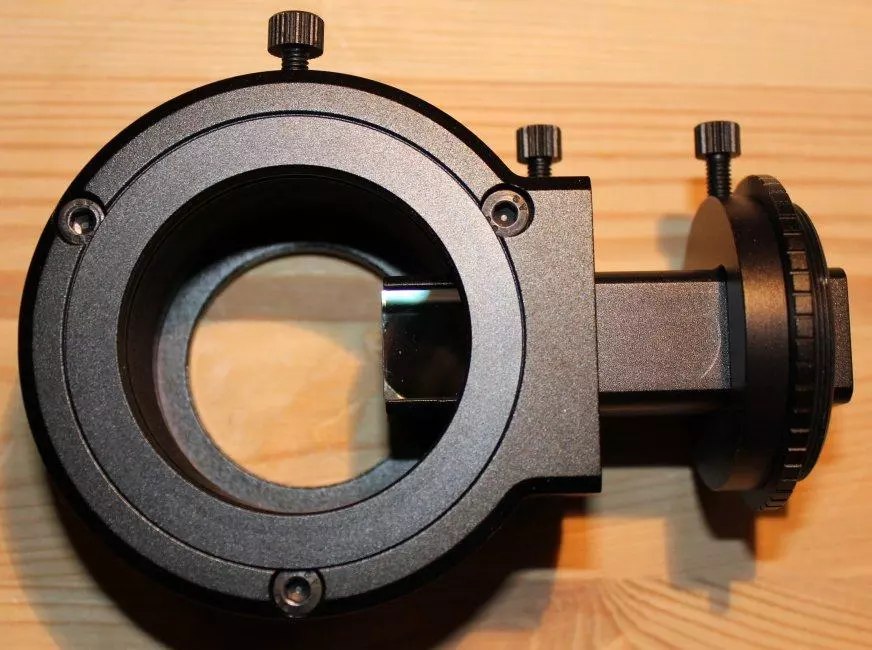
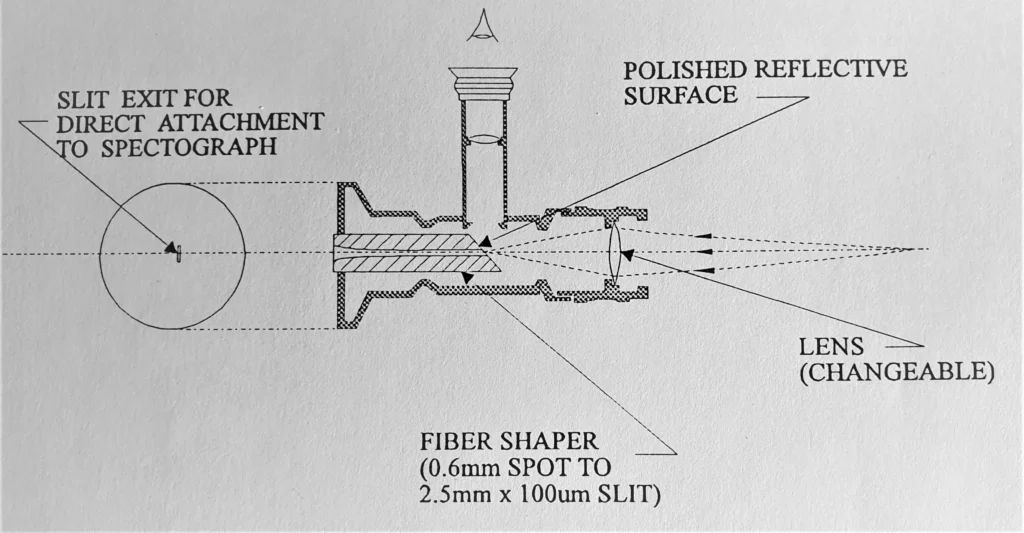
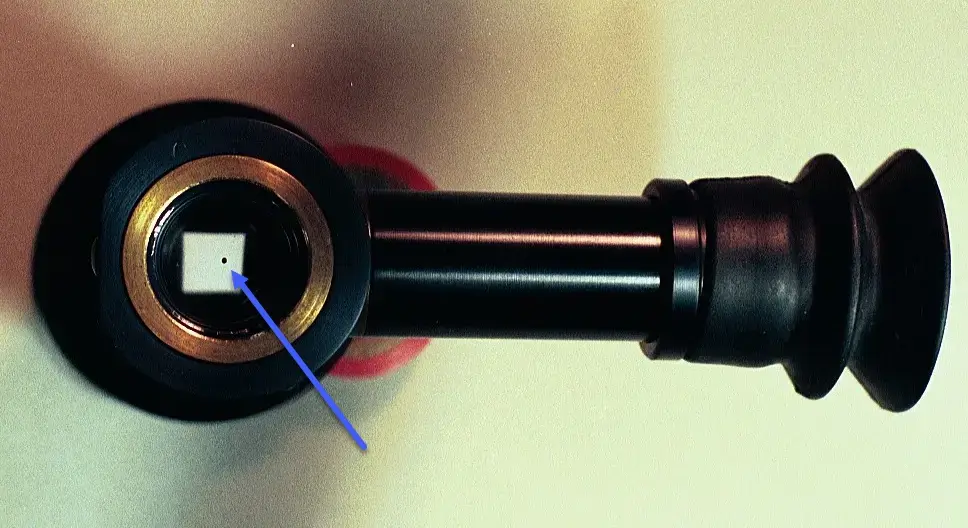
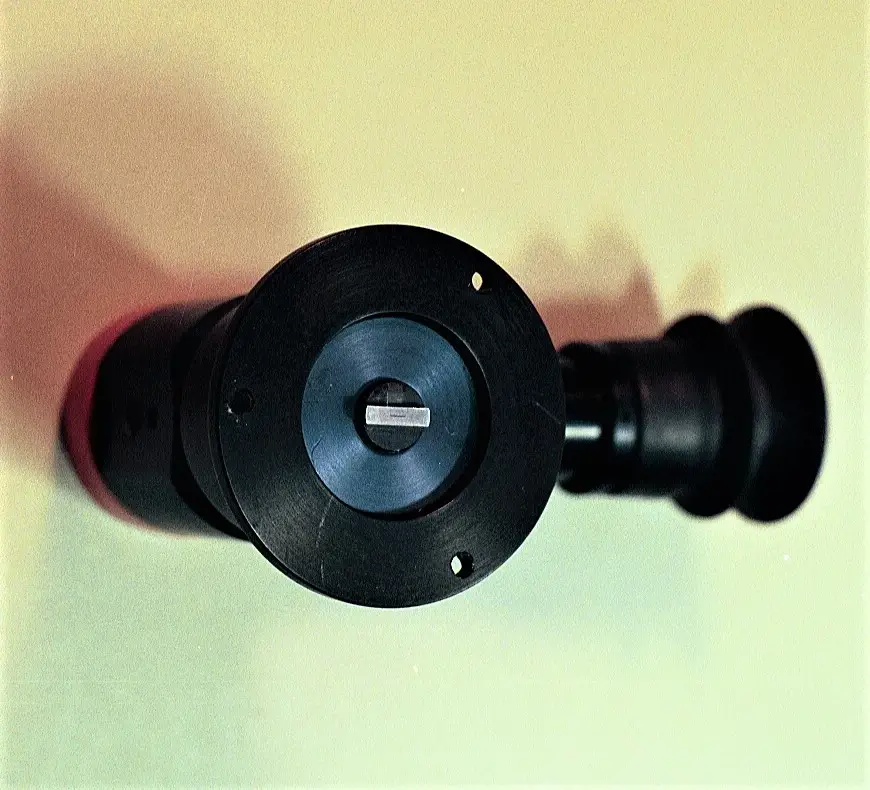

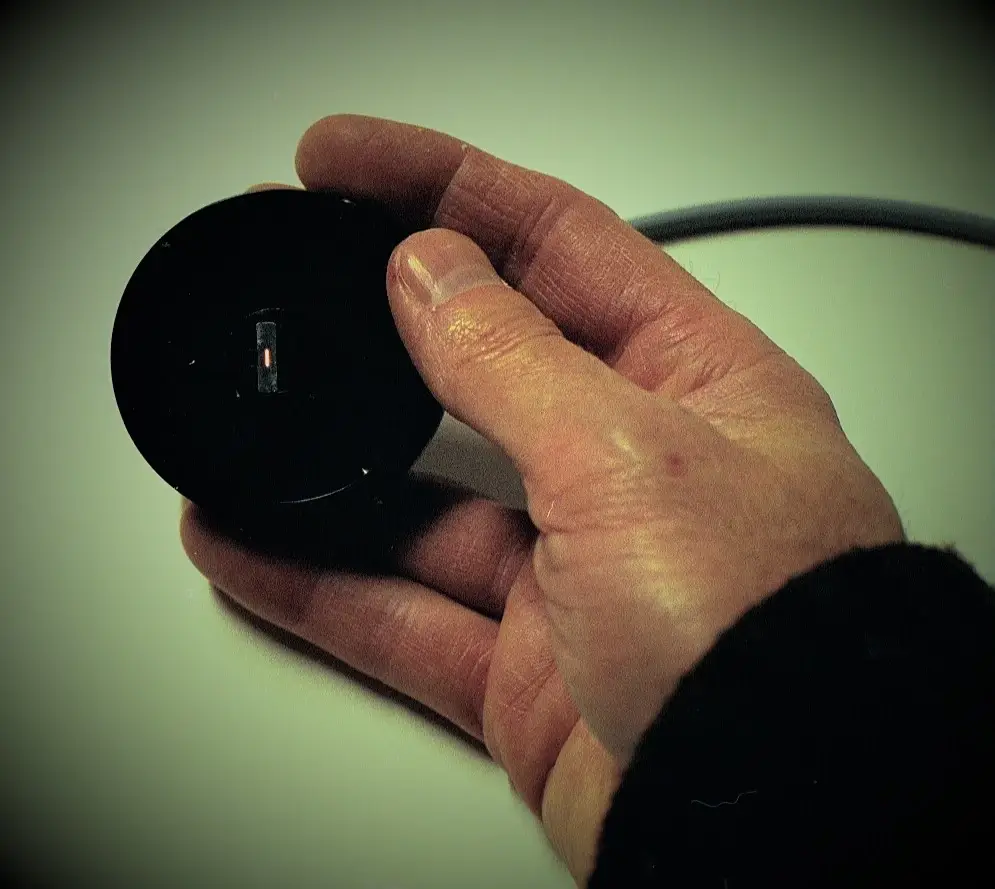
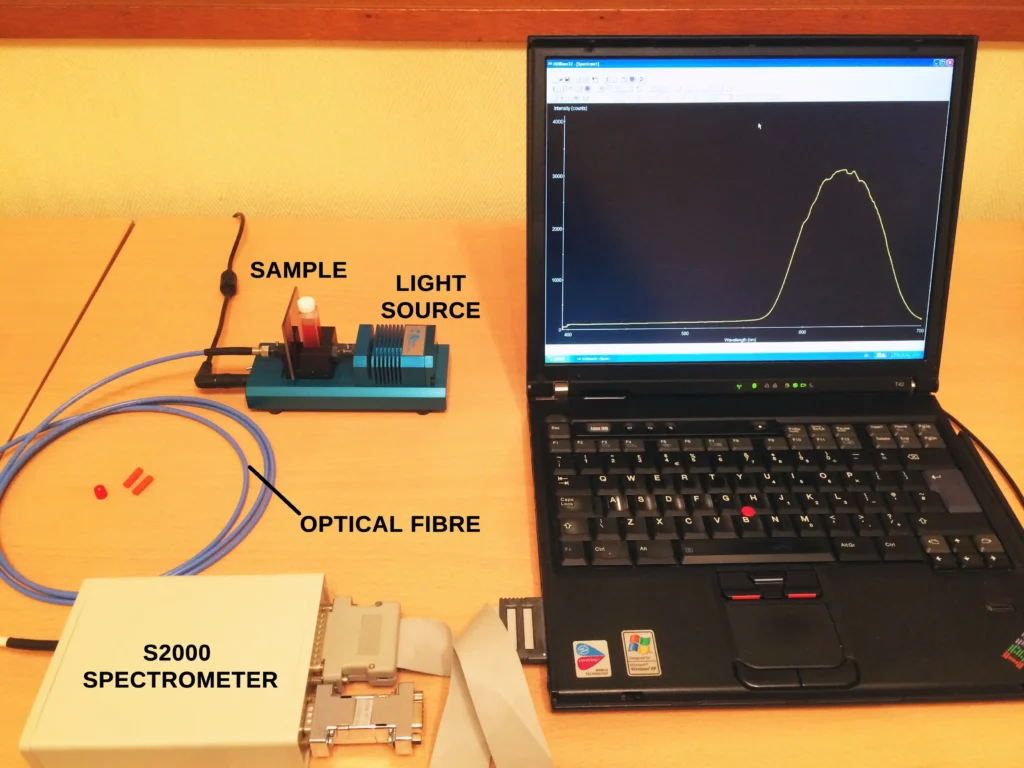

Pingback: The Hydrogen (and Deuterium) Emission Spectrum -
Pingback: Selenium: An element that can't make up its mind -
Pingback: Caesium Chloride and the F Centre -
Pingback: Phosphorescent Paints -